In this first installment, the horror master tells how Marshall Rogers helped launch his own Batman career. Plus: EXCLUSIVE never-published original Jones pages!
—
— For the MARSHALL ROGERS Index of stories and tributes, click here.
—
Kelley Jones has one of the most distinct art styles in the history of comics. When you see his work, you instantly know it’s him. Few artists get to achieve that kind of recognition. In fact, his recently released Batman: Kelley Jones Gallery Edition from Graphitti and DC has been nominated for the 2015 Eisner for Best Publication Design.
Jones was one of the dominant Batman artists of the ’90s — some would say the defining one and it would be hard to argue. But he also won accolades for his work on Deadman and Sandman — and his Convergence: Swamp Thing with Len Wein is one of the most exciting spinoffs of DC‘s big event.
Given his lengthy Bat-resume, it was only a matter of time before we launched The KELLEY JONES Interviews — joining previous series we’ve done on comics greats like Neal Adams, Denny O’Neil, Wein, Mike Allred, Paul Levitz and Dave Gibbons.
Of course, were Marshall Rogers alive today, I would have wanted to add him to that list. As it turns out, in a bit of Bat-kismet, Jones‘ career is inextricably linked to the late Batman master’s.
But I’ll let Kelley tell the story — interspersed with EXCLUSIVE art from his own archives — in the first part of a series that will run over the next several months:
Dan Greenfield: At what point did it start to get in your mind that you could be an artist?
Kelley Jones: I always wanted to draw and I drew for as long as I can remember. I would take my mom’s typing paper and these pencils and I would just draw all the time. Since I was quiet when I did it, they encouraged it.
So I would just draw or play baseball. Pretty much kid’s stuff. When it came to actually thinking maybe I could do this… In 1979, I went to a convention in San Francisco. … Jim Steranko was there and Jack Kirby was there, that was pretty awesome. But more important to me—very important to me—was Marshall Rogers, (Dan gasps) and he had just done the fabulous Detective run, which is my favorite Batman comics of all time. Just… just perfect comics!
Dan: Let me break in there… Let me take a little detour: Anytime I hear anybody mention that run, I get excited! I agree with you. It’s actually, to my mind, I like to say the best mid-career Batman story I’ve ever read in terms of it just being cohesive and it’s just got everything that you want in a Batman story. It started with Simonson (on art) of course, and ended up with Len Wein kind of finishing it off (from writer Steve Englehart) but the heart of that story, in the middle, are about as good as any Batman comics you’re gonna find.
Kelley: I agree.
Dan: Certainly right there with O’Neil and Adams and some other…
Kelley: Oh, I agree. … Clearly, I do Batman, right? They were the books that I couldn’t look at when I did Batman. Not to denigrate anyone else! And I didn’t really look at anything because when you’re doing it, you’re trying to solve your own problems, create your own style and your own vibe and the whole thing.
Those books were a revelation to me and they got me into Batman at the time. I mean, I knew of it and I’d read the classic stuff and whatever but that’s what got me into the potential and possibilities of the whole thing. Anyway, I just loved it!
And I didn’t bring any art (to the convention)! A buddy of mine brought my art, not telling me. (Dan laughs) I used to draw but I wanted to go down there and just be a… I wanted nothing but to say, “Man, these are great. Thank you very much. Please sign my books,” and that would be that!
So my buddy popped these things out and I had just seen Rogers — I don’t want to say destroy two people — but he just said, “Well, here’s what you’re not doing right. Blah-blah-blah-blah. Here’s what you’re doing correctly but what you could do better.” But essentially it would mean “start all over again,” so I’m glad I didn’t bring (my art).
But my buddy hauled this stuff out … and he says, “Could you look at this? This is my friend’s stuff. He didn’t wanna show you but I would like to show you.” I could have killed him! But he went on and really admired it!
And I wasn’t drawing superheroes! I think at that point I was just doing my little versions of horror stories, little House of Mystery-type things. Nothing really…
And I’m a kid so I’m not thinking “career in comics.” What happened was—and it’s a great story—there was a little crew of us at that time and I was the one that no one understood other than my buddy.
They had all kind of liked this other buddy of mine who was really great but (Rogers) savaged that guy! It wasn’t mean! Don’t get me wrong. It wasn’t mean. It just was like, “Wrong, wrong, wrong, wrong, wrong, wrong, wrong. You gotta do this….duh, duh, duh, duh, duh” And with me, it was like, “The storytelling’s good, the lighting is excellent, there’s an original look here.” All the stuff you’d want to hear! He gave me some pointers on how to go about doing certain things and then he finished it up with, “One day I can see you doing a really great Batman!”
Dan: Wow!
Kelley: I know! And I would not tell you this story but my friend was there. He’s still alive so I can always verify it! (Dan laughs) I was…stunned! Literally speechless. He could see that, and he said, “Look. I am serious!” And he drew how he proportioned things, how he kind of did it, on this piece of paper for me, handed it to me, wrote some stuff to look at and that was that.
And I was…dry mouth. I just sort of wandered off after that and sat down. I’d never taken this seriously myself and I’d never thought of it and then I started to think, “Well, maybe. I mean, if he says that, maybe I should consider it!”
My buddy was saying all the way home—‘cause it was about a two and a half hour ride—that was all he was talking about. And all of my friends and my “crew” were all stunned…
And it was because he saw this different thing. He was telling me how he got started at 29 years old essentially and how he went about doing it and the whole thing. It was wonderful!
—
MORE From THE KELLEY JONES INTERVIEWS:
Part 2: The Secret Origin of Kelley Jones. Click here.
Part 3: Diving into the world of Red Rain. Click here.
Part 4: Making the leap to monthly Batman artist. Click here.
Part 5: How his art was collected in Graphitti’s Kelley Jones Batman Gallery Edition. Click here.
—
— For the MARSHALL ROGERS Index of stories and tributes, click here.


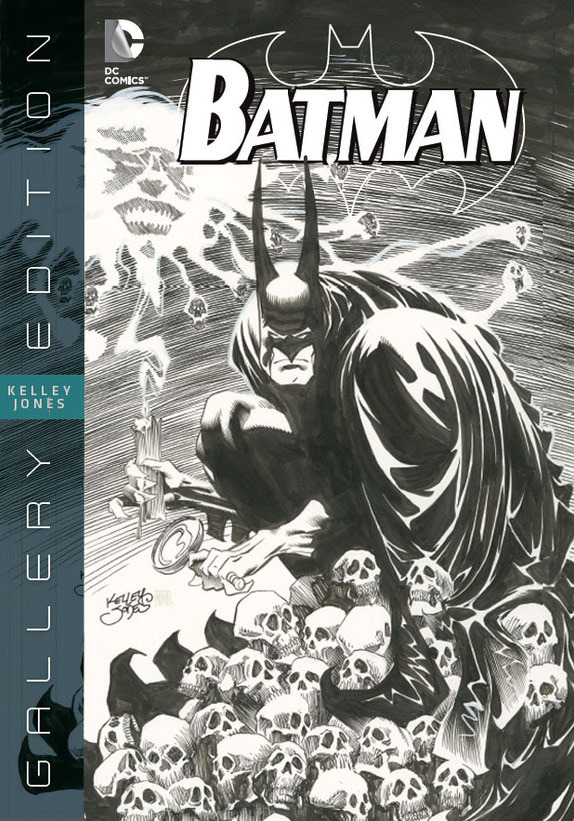
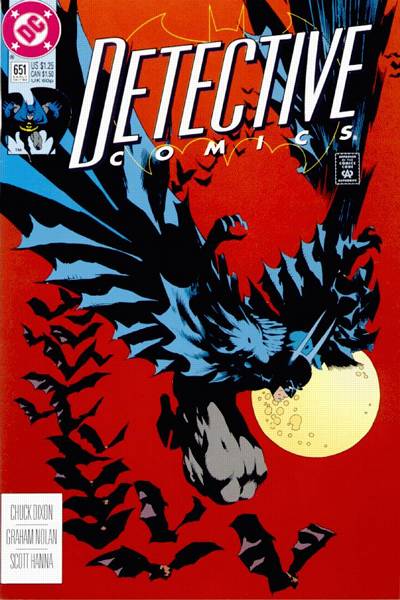


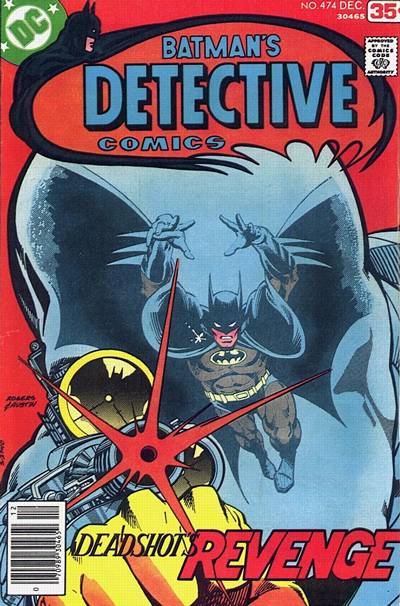
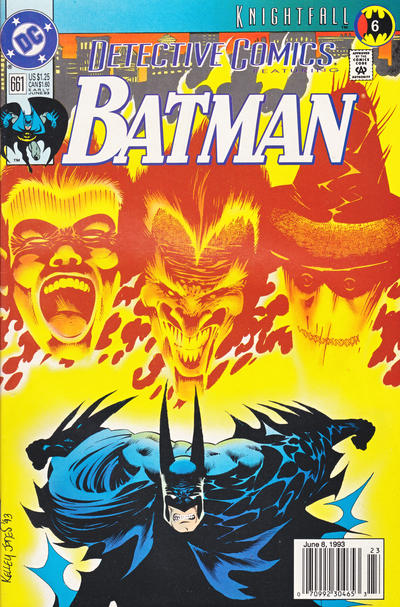
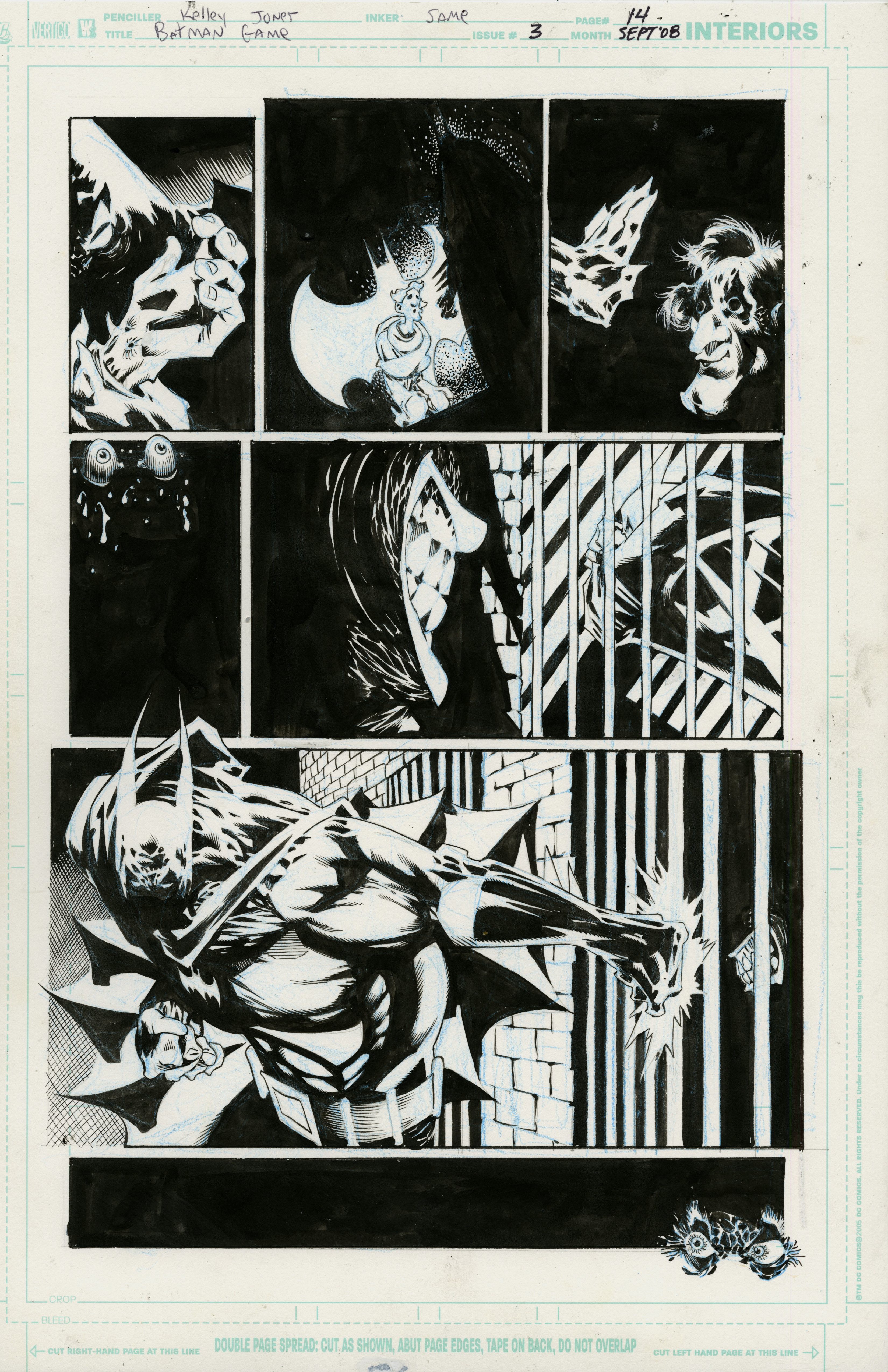
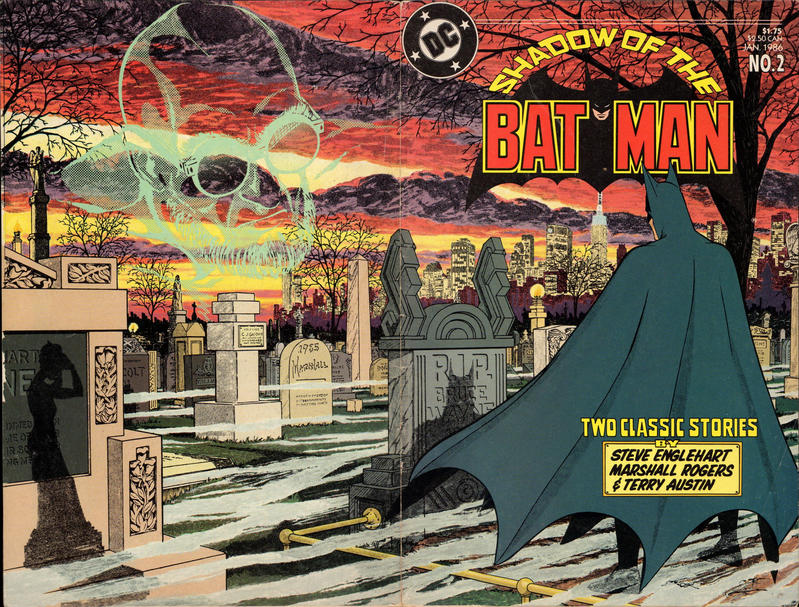
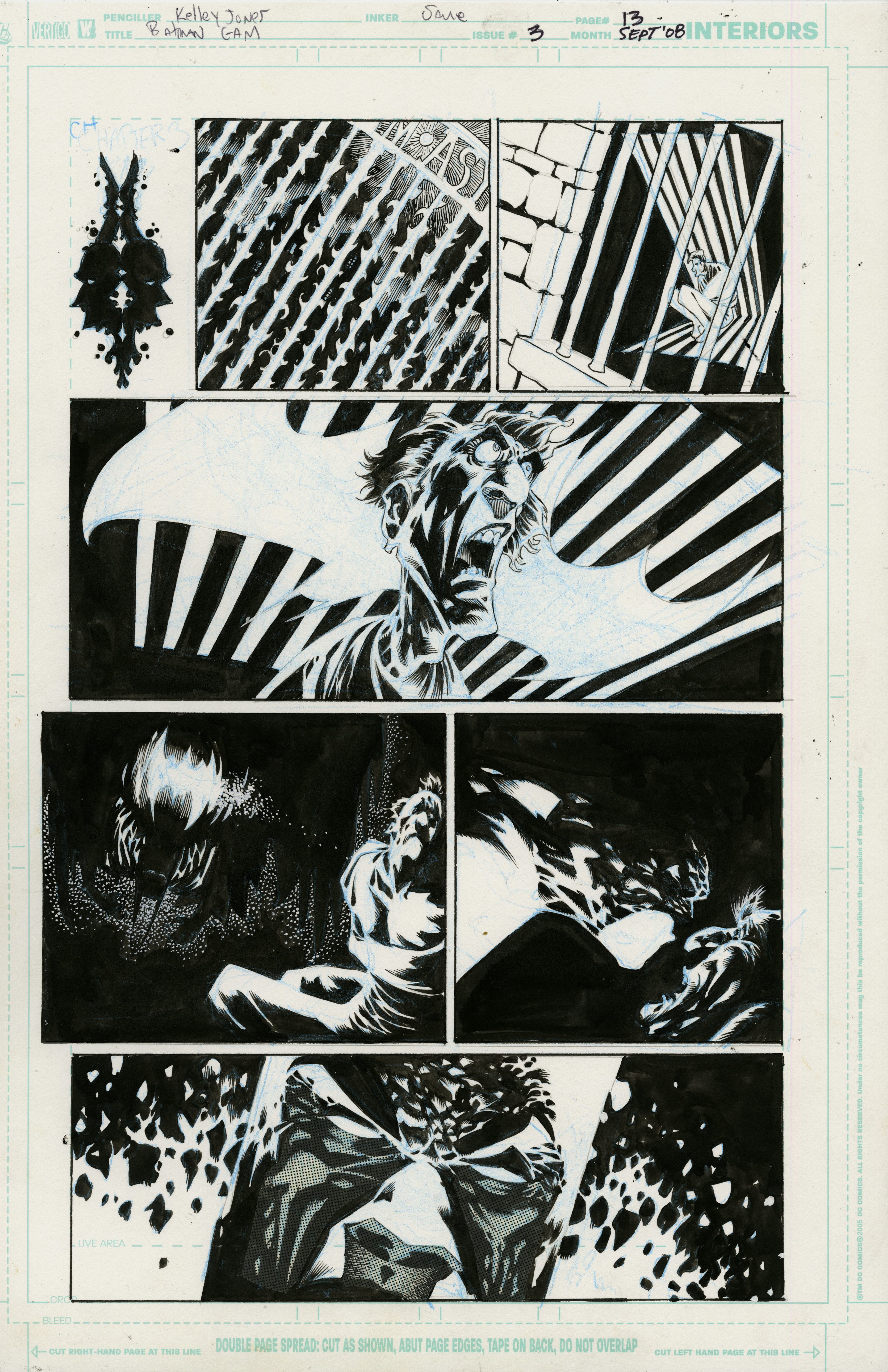
May 18, 2015
This is awesome. Kelley is the definitive Batman for me. His work resonates with me as strongly today as it did in the 90s. There’s so much going on in a Jones page, that you always need to come back for another look. Kelley is not just an artist. He’s a storyteller. Bring on the rest of the interview!!!!
May 19, 2015
It’s all true…since I’m the buddy that was there with Kel. Great convention. It was also the first time Englehart and Marshall Rogers met face to face. Rogers had drawn the books from full scripts given to him. And we were there when that first meet happened! They shook hands in front of us as they first greeted each other face to face. Amazing.
May 20, 2015
Jim, that’s a great story in itself!
May 27, 2015
when is the remainder of the inteview going to be posted? I’m loving it
May 27, 2015
Thanks, Ari! It’ll be in installments through the summer. Lots more to come!
January 25, 2017
I have to say that Marshall Rogers’ Batman series was just as much an influence on me and my move to NY towards a comicbook career as Neal Adams. His brief but definitive run did so much to resurrect the original mood and feel of THE Batman. Can’t get enough of this stuff, Dan !!
January 25, 2017
He was extraordinary. And to this day I haven’t seen an artist do better architecture. Which makes sense because he studied it.